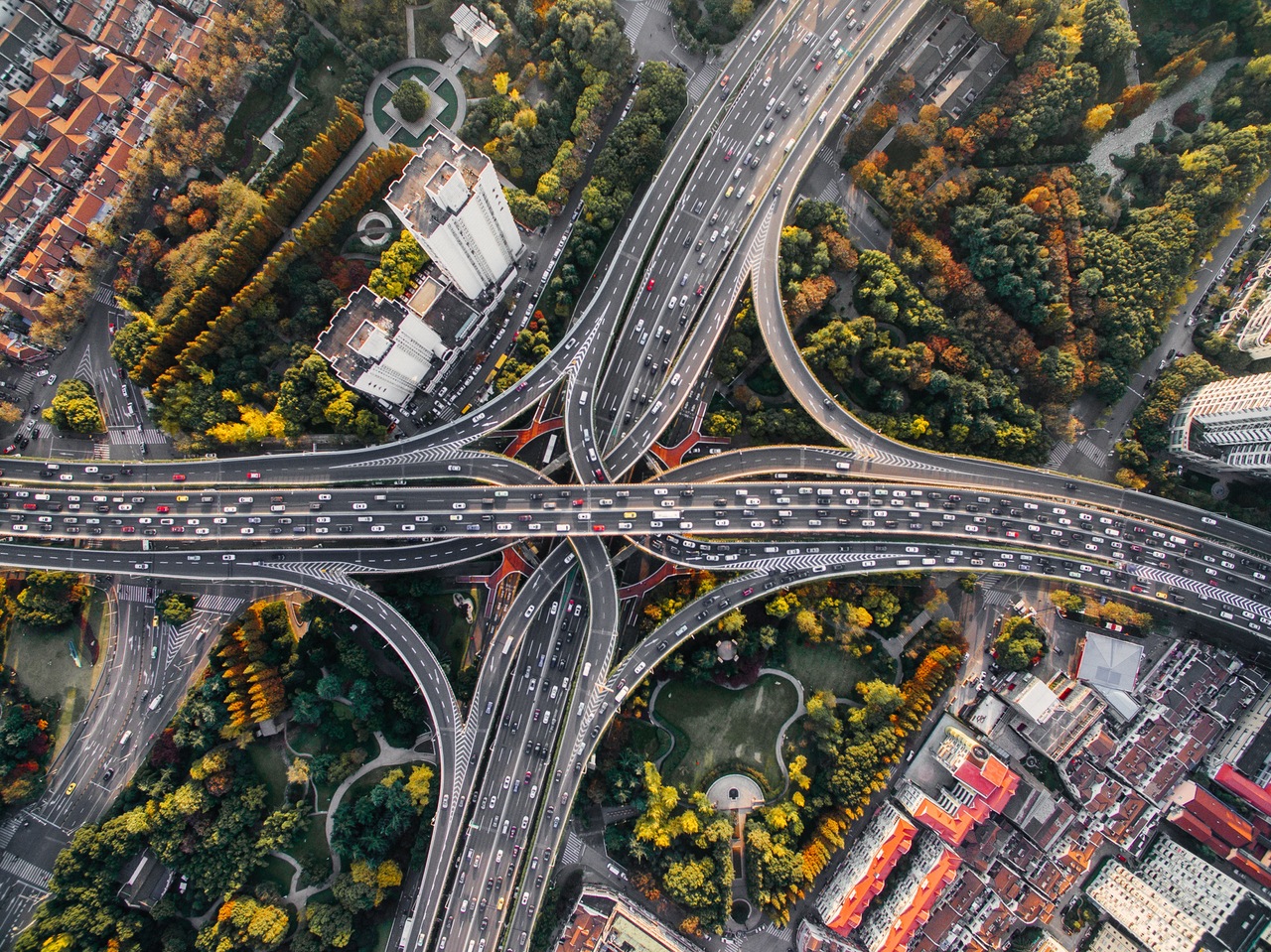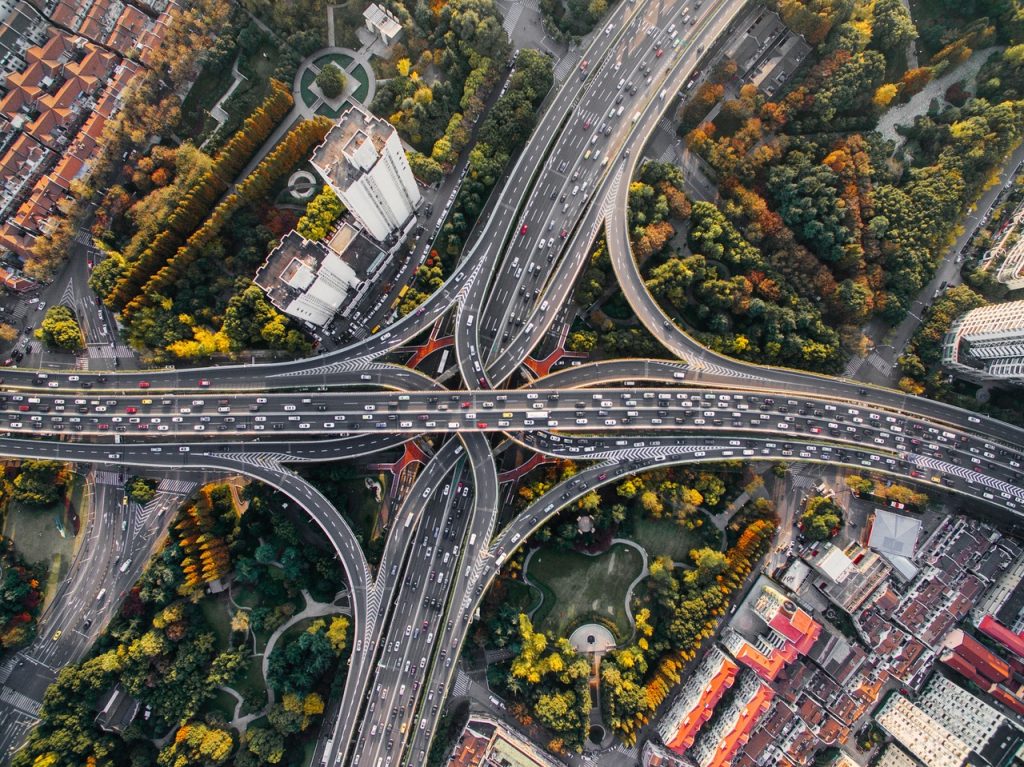As Commutes Worsen, Cities Get Innovative
Traffic is getting worse across the country. The average American commute time is at a record high: 26 minutes. And more of the public has become “megacommuters,” spending up to 90 minutes in the car each way.
Some cities are trying to deflate commute times by adding bike and walk lanes into the infrastructure to encourage more people to get out of the car and find different ways to work or recreation.
For example, protected bike lanes are slowly being added to more cities’ streets. Protected bike lanes are blocked from car traffic to create a safer environment for bicyclists and walkers. Some cities are making safer bike lanes even a requirement. Every time road designers in Portland, Ore., for example, recommend a bike lane in the city they are required to make it a protected bike lane or explain why it isn’t.
Atlanta has implemented a special city tax to pay for the addition of more bike lanes and sidewalks. Los Angeles County’s Measure M has obtained $860 million in transportation funding with many of those funds allocated to adding walking and biking projects over the next few decades.
In 2016, bike share systems also grew, most notably in Los Angeles, Las Vegas, Baltimore, and Portland, Ore. Washington, D.C.’s Capital Bikeshare and New York’s Citi Bike also recently announced major expansions. Los Angeles has integrated its bike share program into its transit system. Seattle’s bike share program added riders electric assist too, since the city has so many hills.
Other cities across the globe may prove to be models to the U.S. Bikes now make up half the traffic in Copenhagen’s city center. Vancouver also has achieved a goal of shifting half its inner-city traffic to commuting modes other than driving. Paris is continuing to create bike superhighways and ban cars along some of its most popular city streets.
The National Highway Traffic Safety Administration has launched a national campaign called Vision Zero that is getting more cities to overhaul major streets and add wider sidewalks. Also, infrastructure improvements are including high-visibility scramble crosswalks, in which all lanes of car traffic stop while pedestrians from all sides of the street are permitted to cross. So far, implementation of scramble crosswalks in Hollywood and Highland, Calif., has lowered pedestrian fatalities. An average of 13 pedestrian crashes a year has gone to zero after six months of being implemented.
Source: “How Cities Embraced Biking and Walking in 2016,” Curbed.com (Dec. 30, 2016)
Source: NAR – Real Estate News
As Commutes Worsen, Cities Get Innovative








